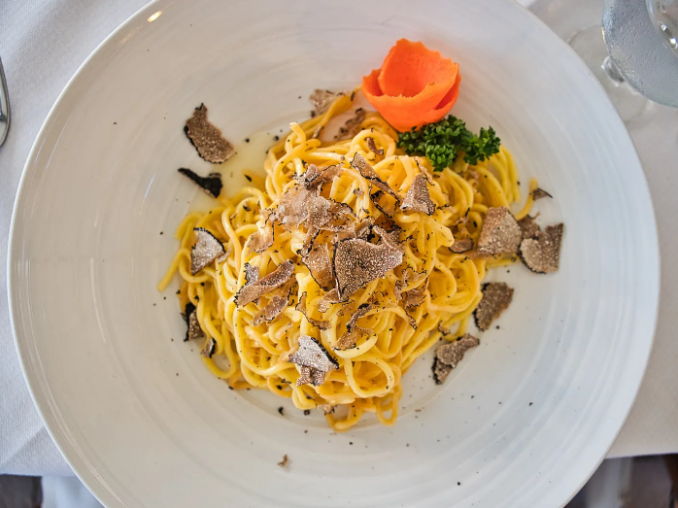The Growing Demand for Vegan Options in the Gastronomy Industry
At the crossroads of culinary innovation and evolving consumer preferences, the gastronomy industry finds itself in an unprecedented transformation. In this article, I am pleased to address the growing demand for vegan options, a phenomenon that extends beyond being a passing trend and solidifies itself as an essential element for the future of the sector. According to a report by EMR Expert Reports, the vegan food sector recorded a significant value, surpassing $24.59 billion in 2022. Projections indicate steady growth, with an estimated CAGR of 10.1% between 2023 and 2028. It is anticipated that by 2028, this market will have exceeded $43.8 billion, showcasing sustained momentum in the preference for such food options. Similarly, data from Research and Markets confirms this trend, revealing that the vegan food market reached a value of over $37.93 billion in 2022, projecting robust growth with the expectation of reaching over $71.26 billion by the year 2030. With that said, the growth of vegan cuisine in the gastronomy industry is driven by several factors, including the rise in awareness of healthy diets, growing concerns about sustainability and the environment, as well as the integration of technological advances in food, that have led to the development of plant-based alternatives
Digging into California’s truffle industry
Few delicacies say “fine dining” like truffles. Notoriously hard to harvest, these luxe fungi can cost thousands of dollars, making them some of the most expensive ingredients. (Like the world’s largest white truffle, which sold for a whopping $61,000 in 2014.) Truffles are high maintenance. In addition to different truffles species needing their specific climates and trees (where they grow on the roots), they can take up to 20 years to develop. The mushrooms are also hard to find once they’re ready, so truffle hunters usually need a trained pig or dog to point them in the right direction. After all the harvesting work, truffles only stay fresh enough to eat for less than a week. These hard conditions don’t just justify the high cost of truffles, they also make growing them in your own backyard a little more convenient–and profitable. Just ask farmers in California. Where in the world are truffles? Although truffles require a long list of specifics before they can make it to world-renowned restaurants, surprisingly they can grow in several areas. However, most culinary truffles come from Europe, including Italy’s coveted white truffle. While Italy, France, and Spain still dominate the truffle market, countries like Australia (now the fourth-largest truffle industry


